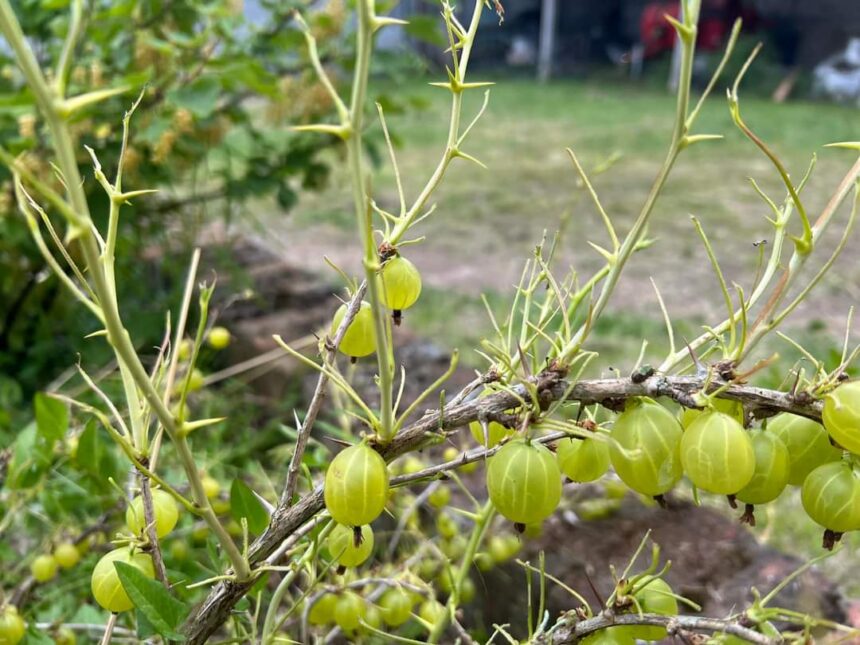American Powdery Mildew is a common fungal disease affecting gooseberries, often causing significant crop loss if not managed properly. Identifying this disease early is crucial for effective control and prevention. Here are ten early signs to watch for:
- White Powdery Coating: One of the most noticeable symptoms is a white, powdery coating on leaves, stems, and berries. This coating resembles flour or talcum powder and usually starts on the undersides of leaves.
- Deformed Leaves: Leaves may start to curl, become misshapen, or exhibit distorted growth. This deformation often results from the fungal growth disrupting normal leaf development.
- Leaf Yellowing: As the infection progresses, affected leaves may turn yellow and become brittle. This discoloration often precedes leaf drop.
- Stunted Growth: Plants infected with American Powdery Mildew may exhibit stunted growth, where shoots and new growth appear underdeveloped or stop growing altogether.
- Premature Leaf Drop: Infected leaves may drop off the plant prematurely, leading to a reduction in foliage and weakening the overall plant structure.
- Reduced Fruit Quality: Berries affected by powdery mildew may be smaller, misshapen, or have an altered texture. They may also become more susceptible to other diseases and pests.
- Powdery Growth on Fruit: Besides leaves and stems, the fruit itself can develop a powdery coating, which affects its appearance and edibility.
- Blighted Shoots: Shoots infected with the mildew may exhibit a blighted appearance, often with the white powdery substance visible along their length.
- Increased Susceptibility to Other Issues: Plants with early signs of powdery mildew may become more vulnerable to secondary infections or pest problems due to weakened health.
- Reduced Photosynthesis: The powdery coating on leaves can block sunlight, reducing the plant’s ability to photosynthesize effectively. This leads to reduced energy production and overall plant vigor.
Management and Prevention
To manage and prevent American Powdery Mildew, consider the following steps:
- Choose Resistant Varieties: Opt for gooseberry varieties that are resistant to powdery mildew.
- Improve Air Circulation: Space plants adequately and ensure good airflow to reduce humidity around the foliage.
- Regular Inspection: Frequently check plants for early signs of the disease, especially in humid conditions.
- Fungicide Application: Apply appropriate fungicides as a preventative measure or at the first sign of infection.
- Remove Affected Parts: Prune and dispose of infected leaves and shoots to reduce the spread of the fungus.
By staying vigilant and implementing these practices, you can effectively manage American Powdery Mildew and protect your gooseberry crop.
Join 'Farmers Mag' WhatsApp Channel
Get the latest Farming news and tips delivered straight to your WhatsApp
CLICK HERE TO JOIN






